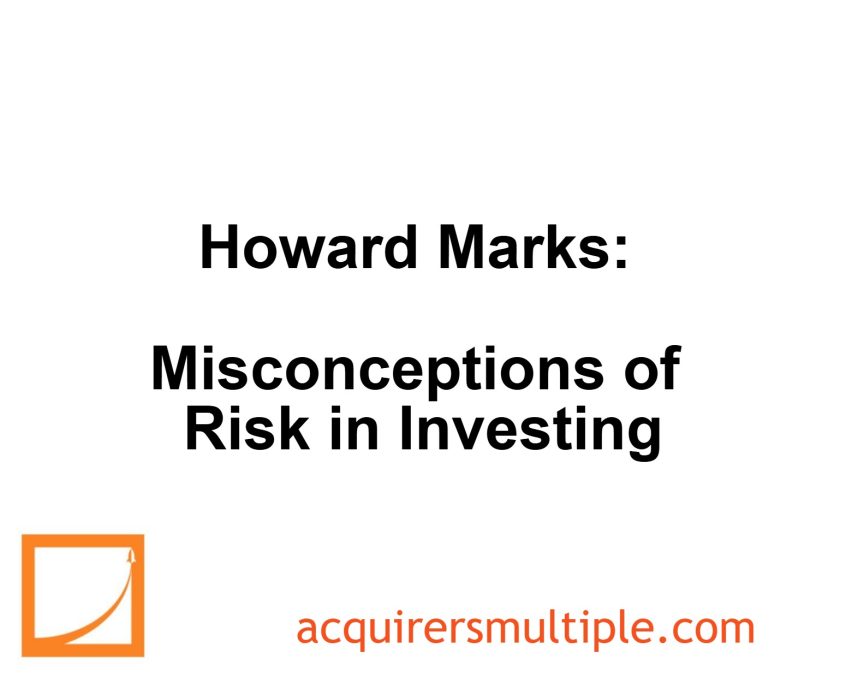During his recent interview with Barron’s, Howard Marks highlights a key misconception about risk: many attempt to quantify it using formulas, typically relying on volatility or standard deviation as proxies. However, he argues that these metrics fail to reflect the true nature of risk, which is the possibility of an undesirable outcome—most simply, the probability of losing money.
Marks emphasizes that there is no precise number or formula to measure this probability, as it cannot be determined from past data or current conditions. Ultimately, he asserts that while one can be quantitative or accurate about risk, it is impossible to achieve both simultaneously.
Here’s an excerpt from the interview:
Marks: Well, the main misconception Andy, is that people want to be able to take the word “risk” or the concept of risk and use it in a formula to do computations—to figure out what are the best possible alternatives and how people did well in the past in a risk-adjusted sense.
The only number that’s available for them to use as a proxy for risk is volatility or the standard deviation of prices or returns. I think that’s not what risk is. Risk is really, if you think about it, the possibility of having an undesirable result.
Simply translated—or most simply translated—it’s the probability of losing money. So, that’s risk.
The other thing is not risk. On the other hand, there is no number you can use for that because there’s no place you can look to find out what the probability of a bad outcome is today or what it was six months ago when you made the investment.
So, you can be quantitative but not accurate, or accurate but not quantitative. You can’t do both.
You can watch the entire interview here:
For all the latest news and podcasts, join our free newsletter here.
Don’t forget to check out our FREE Large Cap 1000 – Stock Screener, here at The Acquirer’s Multiple:



